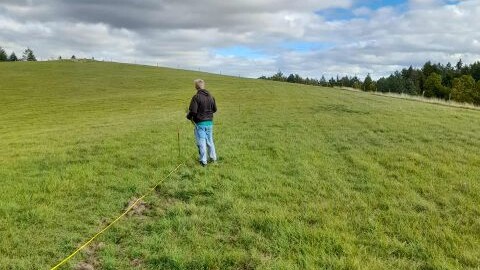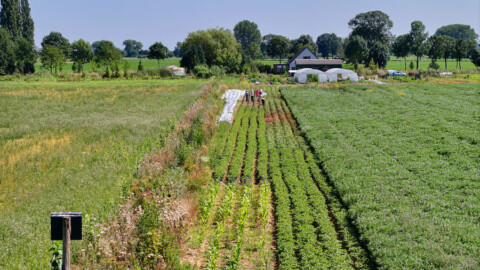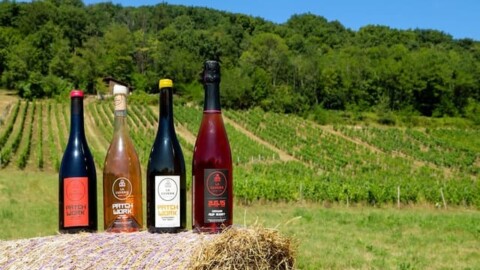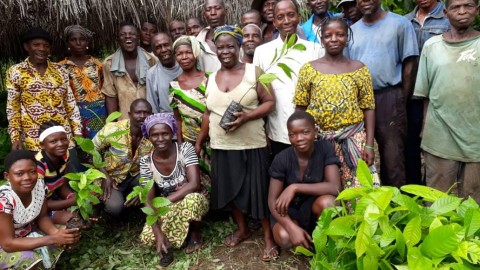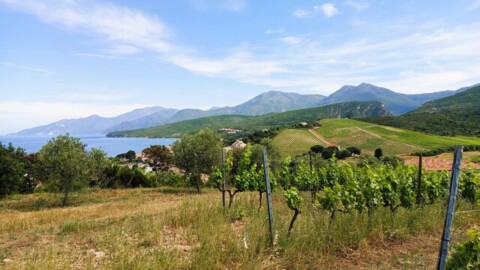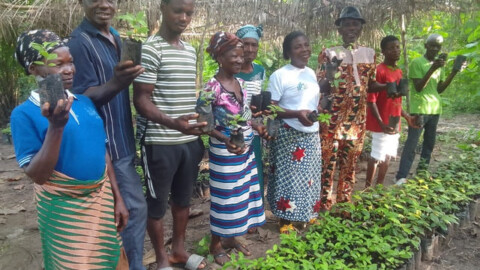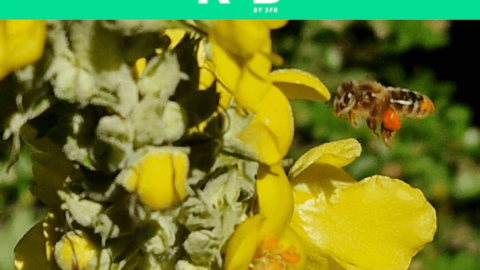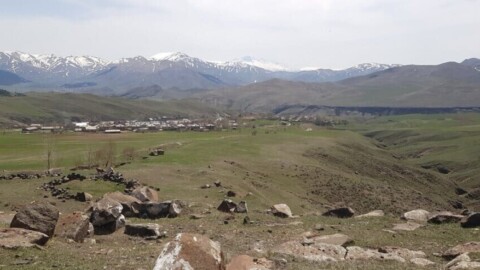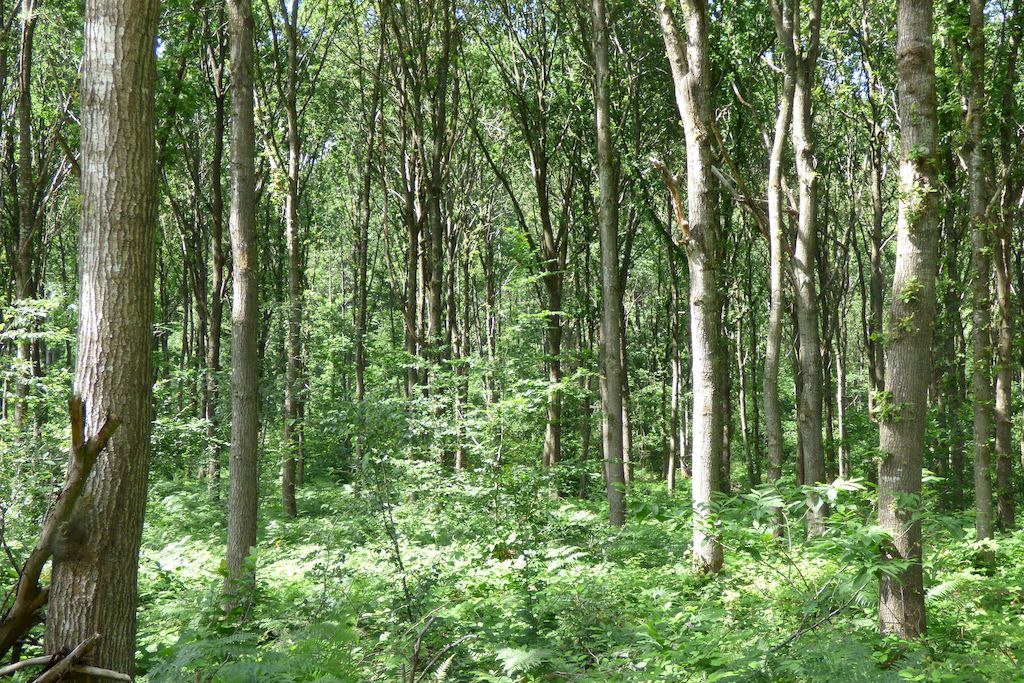
Background & challenges
In 2018, chestnut dieback caused by a pathogen responsible for the devastating ink disease was observed in the forests of Île-de-France. This disease is triggered by an organism found in groundwater, which infects the root systems of trees and triggers rapid necrosis. The tree can no longer absorb water and becomesextremely vulnerable to drought. It may die within just a few days.
The chestnut, an emblematic species in Île-de-France, is especially dominant in Montmorency Forest, where it covers 70% of the area. The damage has been so severe that in 2018 the forest was classified as being in a health crisis When trees are diseased or dead, the ONF must carry out sanitation felling, followed by replanting, to introduce healthy stands of trees better adapted to changing conditions.
Through sanitation felling and replanting 2,200 trees (1,737 remaining after the first thinning 35 years later) across plots totalling about 1.99 hectares, the project aims to:
- Reforest the area, establishing tree species that will make the site more resilient to climate change.
- Protect habitats for wildlife such as roe deer, wild boar, foxes, badgers, native birds like the woodcock, amphibians, and many beetle and butterfly species. The forest is also home to the royal fern (Osmunda regalis), a protected and rare plant species.
- Restore rainwater filtration across the forest as a whole. Montmorency forest plays a crucial role in tackling soil erosion in the region.
- Capture carbon in the soil, treebranches and trunks. Over 30 years, this project is expected to sequester around 170 tonnes of CO2 per hectare – approximately 493 tonnes for the whole project area.
- Ultimately produce timber over a 160-year period, since these long-living trees will grow to maturity before being harvested and replanted by the ONF.
Beyond the ecological benefits, the project includes an educational dimension. Each sponsored tree contributes to awareness-raising activities run at the Fontainebleau Forest centre.
Through ONF’s ‘Learning about the forest’ programme, school groups ranging from nursery to secondary level are welcomed into the forest for hands-on learning about forest ecosystems and sustainable management. This approach helps young people develop essential skills such as teamwork, problem-solving, and initiative, while understanding the importance of protecting forest ecosystems.
The complementary regeneration of Montmorency Forest thus provides a real response to climate and biodiversity challenges. It will strengthen forest resilience by improving soil quality, water management, and carbon storage, while engaging future generations in the stewardship of this exceptional ecosystem.
Project type

Forestry
Beneficiaries

The inhabitants of neighbouring communes who regularly visit this forest
Number of trees

A total of 2.200 to be planted to retain 1.737 (80%) following the first thinning operation 35 years after planting
Species planted

Pubescent oak, fruit trees, and cedars
Partner

Office National des Forêts
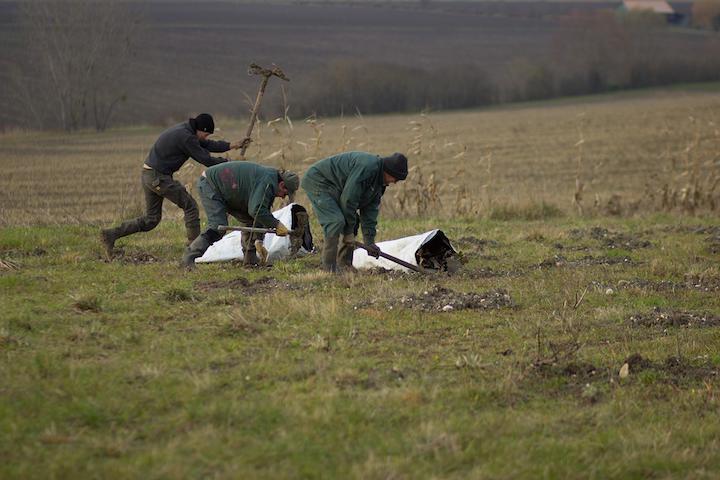
Works timeline
- October 2025: soil preparation.
- December 2025–February 2026 (depending on the weather): planting on prepared plots of land.
- 2025 or 2026: shredding access strips, if necessary.
- 2026: replanting where survival is below 80%.
- From 2028–2032: first maintenance clearing operations, every five years thereafter.
- First thinning at 35 years.
- Forest harvesting at 160 years for oaks, followed by replanting by ONF.
Planting partner
BUDGET
The total amount to be raised is €50,025.60, i.e. €28.80 per tree, broken down as follows:
- 90% allocated to the planting project (€25.92 per tree):
- Plot study and preparation: €2.19
- Soil preparation: €3.20
- Seedlings (purchase and planting): €3.06
- Tree protection (purchase and installation): €5.69
- Technical monitoring: €2.70
- School awareness programmes at Marly Centre: €3.90
- Project engineering by ONF-Agir: €2.30
- Collection, tracking and communication costs for A Tree for You (10%): €2.88
- 10% (€2.88 per tree) intended for structural costs A Tree for You


